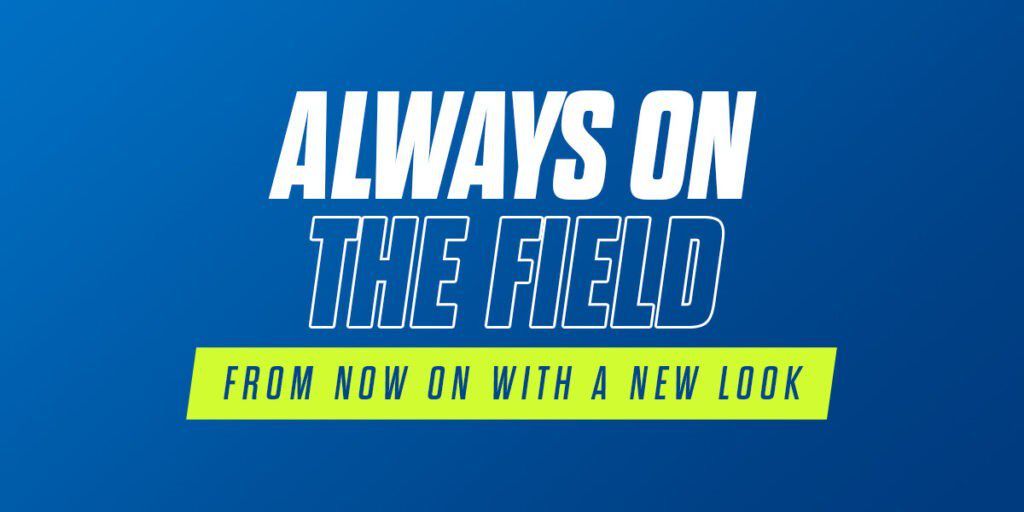News and Curiosity
Football, resuming activity from the coaches’ point of view

Reaching top form in a short time because important commitments are just around the corner for a professional football player. Managing the problems of the individual champion, but being able to include him in the team’s programming. Analysing the differences of players who arrive for the retreat.
These are just some of the challenges that an athletic trainer of a football team must face nowadays, as is well explained by Professor Stefano Fiorini, president of Aipac (Italian Association of Athletic Football Coaches) and responsible for the rehabilitation of the Prosperius Group.
Professor how can you describe this phase of the season for a professional footballer and for a trainer? The summer time activities are resumed after a period of stop which varies from person to person: there are those who return directly from the end of the last season and those who have played in the European Championship or the America's Cup, in practice there are those who have had about 40-45 days of vacation and those who have had 20-25 days after a period of intense activity, this is undoubtedly a problem which needs to be managed.
And how do you tackle activities being resumed with such marked differences between one player and another? It should not be managed according to the group but based on individual characteristics. Detailed, medical, clinical, functional and performance analyses are constantly carried out on individual players, so the training program is as tailored as possible. Clearly this concerns the physical-athletic and prevention part, team tactics depend on the coach and the technical staff.
How important is the summer break ahead of the subsequent season? It is clear that nobody can maintain an optimal condition for eleven months in a sport such as professional football, where the nervous system is also under constant pressure. So, an athlete needs a reasonable rest and recovery period which must be considered in the same manner as training. It is certainly true that the period between the end of the activity and returning to work must also be managed well.
But how does a trainer prepare for the new season? By analysing and studying the players individually. We start from trivial things in order to understand the past and the history of the athlete up to evaluating his/her current condition in support of the medical staff. We work to create programs that are as individualised and customised as possible, which can be integrated with the technical-tactical work in the best possible manner: it is essential that the activities should not overlap, but should integrate as much as possible. Compared with not so many years ago, the great football clubs’ season starts very early and immediately begins action... Nowadays, football has become a sport whose schedules are no longer tied to the classical season and the trainer needs to follow the new calendar which immediately has high level competitions: this has revolutionised the preparation program. You have to be good to fit into this training framework, now established by the technical staff and the club. A trainer is good also based on how well he is able to fit into the club's programming.
In this context, is Sixtus a valuable ally for a trainer? Sixtus is a leading sector company and has always paid attention to athletic trainers, both from the point of view of athletic training and from the point of view of prevention. Among the many Sixtus products, I can mention Pancasix, a machine available to everyone, which helps to solve the problems of a footballer both during the pre-training and the post-workout and muscle release phases. Personally, I have been using it for some time, in fact I was one of those who tested it: as a working group we have followed its evolution with excellent results.








